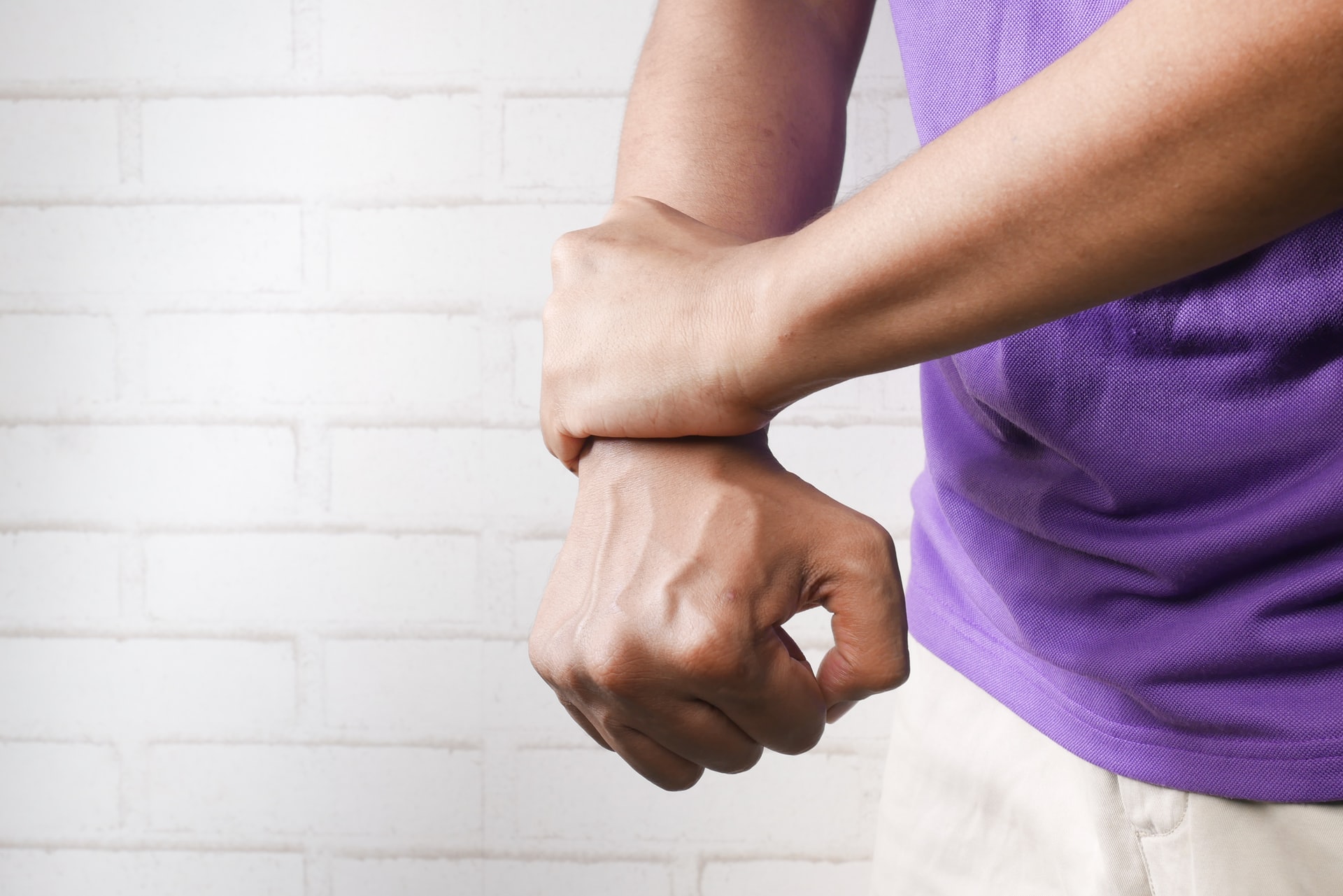It’s tempting to dismiss arthritis as just aching joints, and something people must learn to live with as they get older.
But the 10 million people in the UK who suffer from arthritis know that – far from being just a standard part of ageing – the condition can cause excruciating pain and blight the lives of both young and old.
Ahead of ‘World Arthritis Day’, which is celebrated on October 12, experts are stressing the importance of busting misconceptions about the condition and the impact it can have – to improve understanding for those affected, and highlight the role of early diagnosis and treatment.
Around 10 million people of all ages in the UK have arthritis. Yet, because it’s invisible and associated with ageing, there are persistent myths about who it affects and what it can do to you.
But the truth is that an arthritis diagnosis can come at any age – and can knock your life for six.
After osteoarthritis – or ‘wear and tear’ arthritis, which affects around 8.75m people in the UK – the next most common type is rheumatoid arthritis (RA), an autoimmune condition affecting over 430,000 people in the country.
The pain and chronic fatigue caused by RA is often invisible, and as a result, people with RA have to battle misconceptions and stigma, as well as the disease itself. In a bid to tackle this, it is important to know exactly what RA is, the symptoms to look for, and that it can affect anyone of any age can make a significant difference in getting an early diagnosis. There’s a window of opportunity that, if missed, can cause delays in getting early treatment, which can lead to long-term negative impact.
Raising awareness of RA is vital for driving earlier diagnosis and helping prevent the often irreversible damage it can cause to a person’s body, mental health, family and career. Here, are seven common arthritis myths that we need to debunk.
1. ONLY OLD PEOPLE GET ARTHRITIS
This is false: You can get arthritis at any age, even childhood, when it’s called juvenile idiopathic arthritis (JIA). In fact, two-thirds of people with arthritis are aged under-65, and nearly three million are under 35.
2. ARTHRITIS ISN’T SERIOUS
Arthritis can be devastating, with eight in 10 people experiencing pain every day. The pain and fatigue steal your independence; ability to work; travel or socialise and make you feel like a burden.
Many people don’t even admit to their friends and family what it’s like to have arthritis.
One of the symptoms of RA can be joint pain – but the condition can have an effect on other aspects of health too. In fact, one in six people with RA have also been diagnosed with a major depressive disorder.
Due to pandemic disruption, the situation for people with arthritis is at its worst ever, with thousands waiting for trauma and orthopaedic treatment (the vast majority needing hip or knee replacements).
3. JUST TAKE PARACETAMOL IF YOUR JOINTS ACHE
While it’s common to have occasional aches and pains in the joints and muscles, it’s important to see a doctor if you have swelling or stiffness that you can’t explain and which doesn’t go away in a few days, if it becomes painful to touch your joints, or if you can’t do everyday tasks because of the pain. The earlier you get a diagnosis and find a treatment that works for you, the better the outcome will be.
4. THERE’S NOTHING YOU CAN DO ABOUT ARTHRITIS
Effective arthritis treatments make a huge difference and could prevent irreversible joint damage. There are a variety of treatment options – from medication, physical and complementary therapies and joint replacement surgery, to talking therapies and pain management clinics – to help people live well with the condition.
5. AVOID EXERCISE IF YOU HAVE ARTHRITIS
It can be hard to keep moving but staying active can reduce pain and arthritis symptoms, and help people remain independent. Exercise improves muscle strength and keeps joints strong and well-supported, reduces stiffness, helps balance and improves energy levels and tiredness.

6. A MEDITE
RRANEAN DIET CAN CURE ARTHRITIS
No diet or supplement will cure arthritis, but a balanced diet, exercise, and not smoking or drinking too much alcohol can all have a huge impact.
Some people find their symptoms are affected by their diet, weight and physical activity levels, but what works for one person may not work for another. Changing your diet probably won’t have as great an impact on arthritis as medical treatments, but it can be very helpful.
Being overweight can increase strain on joints, and increase the risk of developing certain conditions. Eating a balanced diet packed with vitamins and minerals could help reduce the side-effects of some arthritis drugs too, and protect from conditions affecting the heart and blood, which can be a complication of some forms of arthritis.
But you should always speak to a healthcare professional before making any major changes to your diet and lifestyle.
7. PEOPLE UNDERSTAND WHAT RHEUMATOID ARTHRITIS IS
People living with RA feel that non-sufferers either had a poor understanding of their condition, or confused it for other forms of arthritis.
RA is actually an autoimmune condition, meaning the body’s own immune system targets affected joints, which leads to pain and swelling and other symptoms, including fatigue, dry eyes, chest pain and a loss of appetite.







